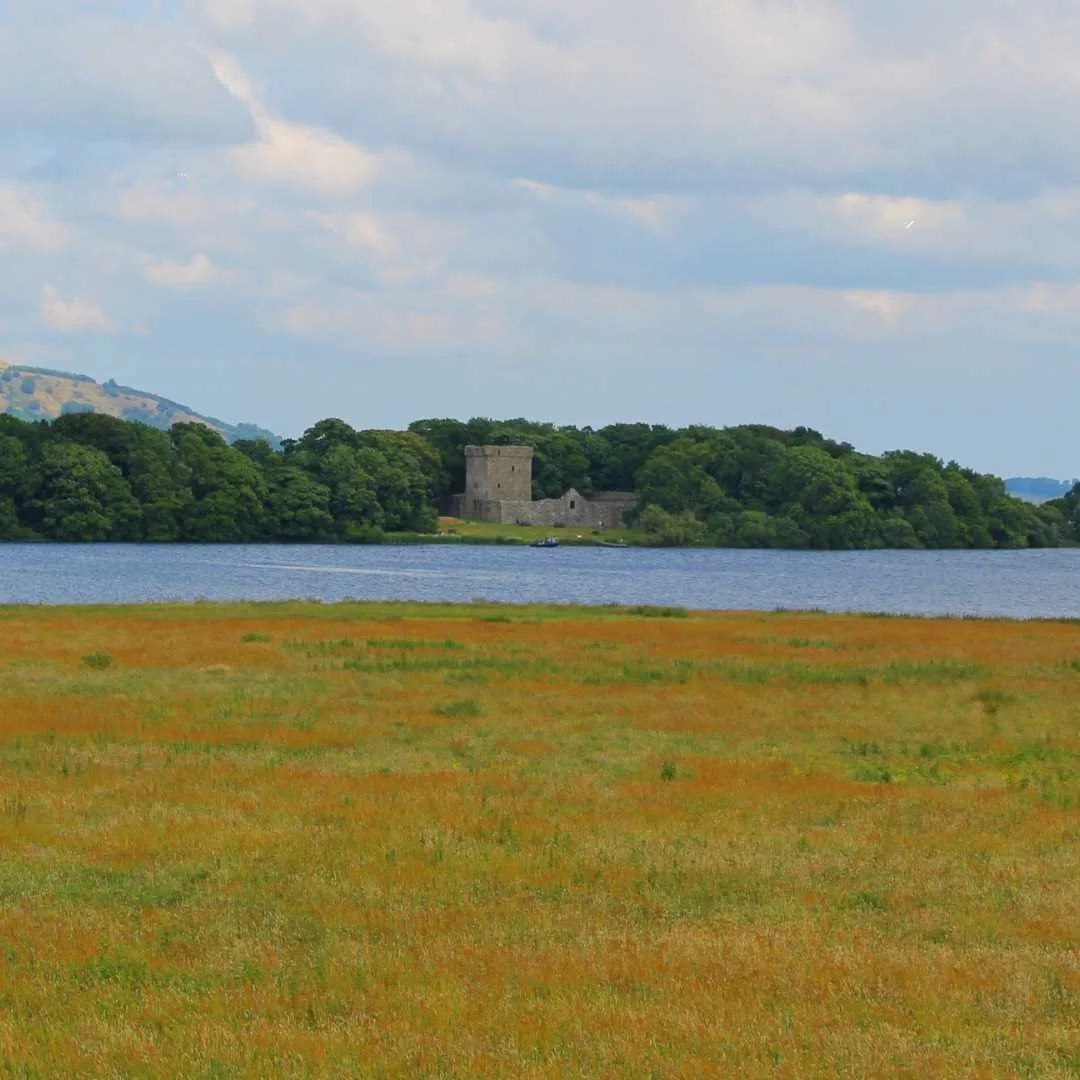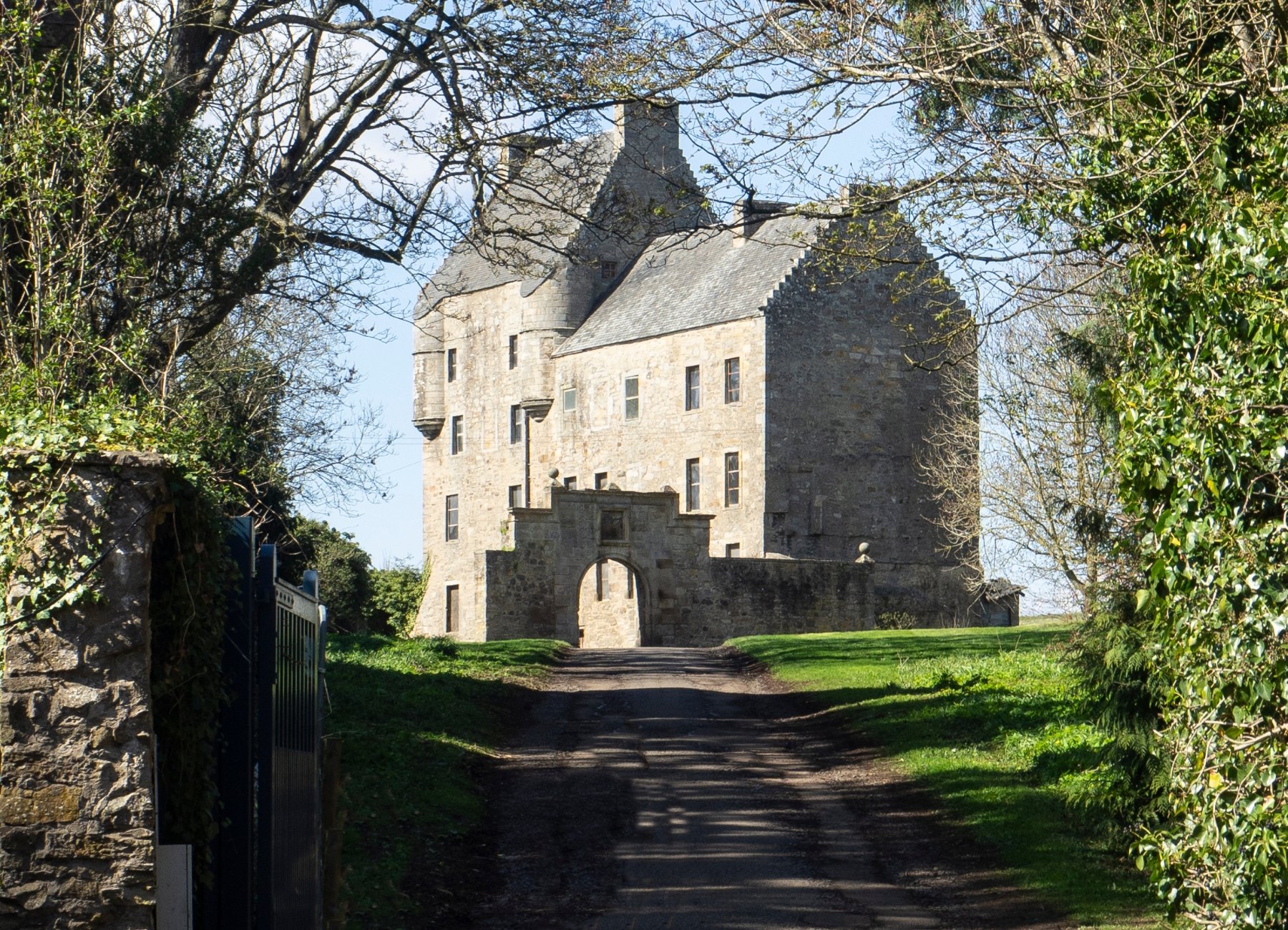The Daring Escape of Mary, Queen of Scots
On May 2, 1568, Mary, Queen of Scots, executed a bold escape from Lochleven Castle, where she had been imprisoned for nearly eleven months. This daring feat marked a significant moment in her tumultuous life, filled with political intrigue and personal tragedy.
At Scotland’s Wild, our friendly, story-telling guides have led thousands of trips through Scotland. We share history, legends and tales to entice people to visit this incredible country!
If you’d like to check-out our selection of tours, from day trips to islands hopping multi-day adventures - click here.
A Tumultuous Reign
Mary ascended to the Scottish throne when she was just six days old. Raised in France, she married the Dauphin in 1558 and briefly became the Queen Consort of France the following year when her husband became King Francis II. Tragically, Francis died of an ear infection in 1560, leaving Mary a widow at a young age.
Returning to Scotland, Mary encountered a complex political landscape. The Roman Catholic queen initially managed to rule her Protestant subjects with moderation. However, her 1565 marriage to Henry Stuart, Lord Darnley, a Catholic, set off a series of tragic events. The union infuriated her cousin, Queen Elizabeth I, and provoked rebellion among Scottish nobles led by her half-brother, the Earl of Moray.
Strife and Betrayal
Darnley's ambition and jealousy further complicated matters. He demanded the Crown Matrimonial, seeking co-sovereignty, but Mary refused. Their marriage deteriorated, exacerbated by Darnley's jealousy of Mary’s secretary, David Rizzio. On March 9, 1566, Darnley and his conspirators murdered Rizzio in front of a pregnant Mary at Holyrood Palace.
The birth of their son, James, in the summer of 1566 did little to mend the marriage. Darnley was found murdered in February 1567, and suspicion fell on James Hepburn, the 4th Earl of Bothwell. Mary and Bothwell, who had become close, married on May 15, 1567. This marriage sparked outrage among Protestant lords, leading to Mary’s surrender at Carberry Hill on June 15, 1567. Bothwell fled into exile, and Mary was imprisoned in Lochleven Castle, forced to abdicate in favor of her son.
The Escape
Mary’s initial escape attempt from Lochleven, disguised as a washerwoman, failed when a boatman noticed her white hands beneath the rags. Undeterred, she planned a second escape with the help of young Willie Douglas. On May 2, 1568, they drugged the island's inhabitants with wine and secured all boats but one. Disguised once more, Mary slipped out during May Day festivities orchestrated by Willie, who played the ‘Abbot of Unreason.’
As Sir William Douglas dozed drunkenly, Mary walked out of the castle gates and sailed to freedom. She reunited with loyal nobles and sought refuge at Niddry Castle. Her freedom was short-lived; within a fortnight, her forces were defeated at the Battle of Langside near Glasgow.
The Final Flight
After watching her men fall in battle, Mary fled to Dundrennan Abbey. Despite her supporters' advice to seek help from France, she decided to seek refuge with her cousin, Elizabeth I of England. Accompanied by about fifteen followers, she crossed the Solway Firth in a small fishing boat. During the crossing, Mary reportedly foresaw her grim fate in England and wished to turn back, but the winds pushed them forward.
A Fate Sealed
Mary's escape and flight to England marked the beginning of her ultimate downfall. Queen Elizabeth I, who had previously condemned Mary's treatment, now saw her as a threat. Despite Mary's hopes for asylum, she faced imprisonment and eventual execution, sealing her tragic legacy as a queen caught in the relentless tides of political and personal turmoil.






















